
AE 1052
How To Say -teen and -ty Numbers in Australian English
Learn Australian English in this
Advanced English Pronunciation Lesson!

In today's episode...
How’s it going, you mob?
Remember I made a video counting 1 to 100 with an Australian accent last week – hope you guys enjoyed that one.
And this time, we’re going to focus on pronouncing numbers ending with -teen and -ty!
Like, thirteen, fourteen, and thirty, forty, etc.
Join me today as I breakdown the pronunciation guide for these special numbers.
Towards the end of the video, you will be given an opportunity to practice listening — listen very carefully, pause and rewind as much as you want, as these numbers are quite tricky to listen to.
Don’t forget to practice in front of the mirror, say each word clearly, and smile at yourself – you are doing a great job!
Improve your listening skills today – listen, play, & pause this episode – and start speaking like a native English speaker!
Watch & listen to the convo!
Listen to today's episode!
This is the FREE podcast player. You can fast-forward and rewind easily as well as slow down or speed up the audio to suit your level.
If you’d like to use the Premium Podcast Player as well as get the downloadable transcripts, audio files, and videos for episodes, you can get instant access by joining the Premium Podcast membership here.
Listen to today's episode!
Use the Premium Podcast Player below to listen and read at the same time.
You can fast-forward and rewind easily as well as slow down or speed up the audio to suit your level.
Transcript of AE 1052 - -Teen vs -Ty Numbers - Australian English
Welcome to this episode. So, last week, I did an episode counting from one to a hundred. This had been recommended by quite a few of you wanting to do this as a pronunciation exercise, so I'll leave a card up the top here. Go check that out after this video. In this video, I want to compare the teen numbers, right, thirteen, fourteen, fifteen. And the -ty numbers, twenty, thirty, forty.
Okay, so we're going to compare the pronunciation. We'll go through me just pronouncing one of these after the other and then we'll pronounce them back-to-back as sort of minimal pairs so that you can hear one compared to the other. And then at the end, I'm going to have a quiz. So, make sure you stay to the end and see if you can pass this listening comprehension quiz to test if you have learnt well, young Jedi. Okay, so let's get into it.
Okay, so part one, this is where I'm going to count from thirteen to nineteen. Obviously, you can enunciate really clearly to make these words more obvious, but native speakers and really advanced English speakers typically don't do this. So, instead of saying thirteen, they're going to say 𝘵𝘩𝘪𝘳𝘵𝘦𝘦𝘯, which is why you guys have trouble with thirteen verses thirty.
Now the interesting thing is for that these words ending in "teen" from thirteen to nineteen, 𝘵𝘩𝘪𝘳𝘵𝘦𝘦𝘯 𝘵𝘰 𝘯𝘪𝘯𝘦𝘵𝘦𝘦𝘯 is that there are two different versions of the pronunciation where you can either emphasise the first syllable THIRteen or the second syllable thirTEEN.
So, I'm not even really sure which one of these I do, so it probably doesn't matter ultimately, but just try and mimic what I'm doing when I'm saying these words. Okay? Let's go.
Thirteen. Fourteen. Fifteen. Sixteen. Seventeen. Eighteen. Nineteen. In fact, I think I was emphasising the first syllable, that's where the emphasis was. Thirteen, fourtee- Yeah, it would have been the first syllable. So, let's just go back there and have a look at thirteen to nineteen and you'll notice too, if I show the IPA for each of these, you can emphasise either the first syllable or the second syllable in English.
So, we'll go through each of these from thirteen to nineteen one by one, and let's pay attention to the pronunciation changes here. So, you could say thirteen, thirteen, but I would say 𝘵𝘩𝘪𝘳𝘵𝘦𝘦𝘯, 𝘵𝘩𝘪𝘳𝘵𝘦𝘦𝘯 in Australian accent that R isn't going to be pronounced and the T is going to become a T-flap. 𝘛𝘩𝘪𝘳𝘵𝘦𝘦𝘯. And I would emphasise the first syllable in this word, I wouldn't emphasise the second one, I don't think.
It can be either in English, but typically I think I'm going to emphasise the first one, thirteen, thirteen. Let's keep going. Fourteen. Fourteen. Same thing here R isn't pronounced, the T turns into a T-flap. Fourteen. Fourteen. Fifteen. Fifteen.
Now the interesting thing that happens here, you can articulate- Well, you could say fifteen with a T sound, a hard T sound, the true T, but mine almost turns into a D sound. Fifteen. Fifteen. Fifteen. Fifteen. Let's keep going. Sixteen. Same thing for sixteen, I would say a sort of D sound instead of a hard T sound.
Sixteen, I could do that, but it's a bit over the top. I would say sixteen, sixteen, sixteen. Seventeen. Now this one differs again, so we've had the T-flap, and then we've had the T that becomes a sort of D sound and now the T's disappeared, right. Because the N is before the T, the T gets muted and it's just seventeen, seventeen, seventeen.
Then we have eighteen, eighteen, now the T's gone back to a T-flap, there's a vowel either side of the T, T-flap. Eighteen. So, the tongue hits the top of the roof of the mouth briefly. Eighteen. Eighteen. And then lastly nineteen, nineteen, same thing as seventeen. Nineteen has an N before the T, the T is muted, and you get "neen", nineteen, nineteen.
So, let's just count through these all one more time. Thirteen. Fourteen. Fifteen. Sixteen. Seventeen. Eighteen. Nineteen. Good work. Time for part two. Okay, so now we're going to go through the tens, right, the twenty, thirty, forty, fifty, sixty. In this case, unlike the previous examples where you could potentially, as an English speaker, emphasise either half of the word, the first syllable or the second syllable.
In this example, you have to emphasise the first one and the /ee/ sound at the ends of these words is going to be a short E sound. It's not going to be the usual long E which you're going to hear in nineteen, right.
It's going to be a longer one, there's an N after it. In this case, it's just a short E sound. So, let's go through each of these one by one. Twenty. Thirty. Forty. Fifty. Sixty. Seventy. Eighty. Ninety. The interesting thing you're going to notice here is that it follows the same rules for the T as the "teens" did. Okay. So, for twenty, although we don't have a "teen" for that, right, we've got twelve.
Twenty has that "nt", so the T is muted, and you hear twenty, twenty, twenty. Thirty, thirty, the R isn't pronounced, the T becomes a T-flap with vowels either side of it. Thirty. Thirty. Same thing for the word forty, forty in the Australian accent, the R isn't pronounced if there's a consonant after it. Forty, two vowel sounds either side of the T so T-flap. Forty. Forty. Fifty.
Now that T in fifty, like with fifteen, has become a D Sound. Fifty. Fifty. Same thing for sixty, sixty. Now we move on to seventy. What happened to the T? Seventy. It gets muted, it disappears. We just go straight from the N to the E sound. Seventy. Seventy. Eighty. Eight. Now we have a vowel either side of the T, so the T becomes a T-flap again. Eight. Ninety. Ninety. So, here again N before the T, mute the T.
Ninety. Ninety. So, let's take a break before we get into part three and discuss the endings of these words. So, for thirteen to nineteen, the ending is "teen" or "een" on the end of it, right. The long E sound and then an N.
If you really want to be heard, you need to make sure that you're making that E sound a little longer than in the comparison with, say, thirty, forty, fifty. And you need that N sound at the end, thirteen, thirteen, fourteen.
That's what the native speaker or the advanced English speaker is listening out for when they hear thirteen, or thirty they're listening for vowel length of that E sound and they're listening for the N at the end of "een" or if it's missing and it's just a E. So, hopefully that makes sense. Now let's go through and compare each of these sort of word pairs. Thirteen. Thirty. Fourteen. Forty.
Okay, so listen and repeat after me. Thirteen. Thirty. Fourteen. Forty. Fifteen. Fifty. Sixteen. Sixty. Seventeen. Seventy. Eighteen. Eighty. Nineteen. Ninety. Great job, guys. Now it's time for part four where I am going to say one of these word pairs, so in the example of thirteen versus thirty, it's going to be one of these words. It won't be both.
Okay. So, see if you can listen and hear which one I'm saying, try and write down the number and to get the answers be sure to download the worksheet for today's episode in the description below. Okay, let's go.
Thirty. Fourteen. Fifteen. Sixty. Seventeen. Eighty. Ninety. Great job, guys. Remember you can go and check out the previous video up here, where I count from one to a hundred and work on your pronunciation skills there, and I will see you next time. Bye!

Listen & Read with the Premium Podcast Player
Get more out of every episode!
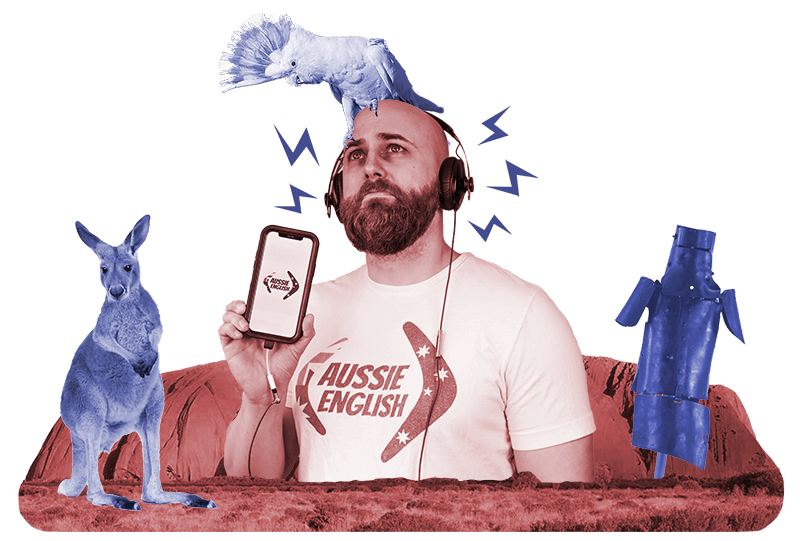
Premium Podcast members get access to...
- All 900+ podcast episodes including member-only episodes
- Member-only episode video lessons
- Downloadable transcript PDFs & audio files for every episode

Recent Episodes:


AE 1299 – Pete’s 2c: Do You Ring, Call, or Dial Someone on the Phone in Australia?

AE 1298 – Learn English with a Short Story: Day at the Beach

AE 1297 – The Goss: How ‘Dropping In’ Culture Has Changed in Australia

AE 1296 – The Goss: Gorilla Glasses & Dad’s Crazy Zoo Stories – MEMBERS ONLY

AE 1295 – The Goss: Australia’s Most & Least Ethical Jobs

AE 1294 – The Goss: Australia Just Had the Best Aurora in 500 Years!

AE 1293 – The Goss: Should Aussie Schools Ban Homework?

AE 1292 – How Aussie Do Asian Australians Feel? r_AskAnAustralian

Share
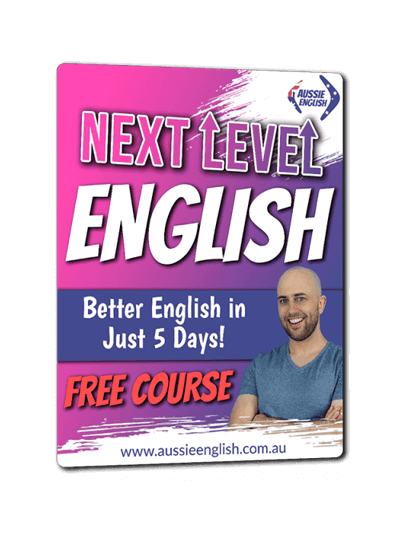
Join my 5-Day FREE English Course!
Complete this 5-day course and learn how to study effectively with podcasts in order to level up your English quickly whilst having fun!

Join my 5-Day FREE English Course!
Complete this 5-day course and learn how to study effectively with podcasts in order to level up your English quickly whilst having fun!
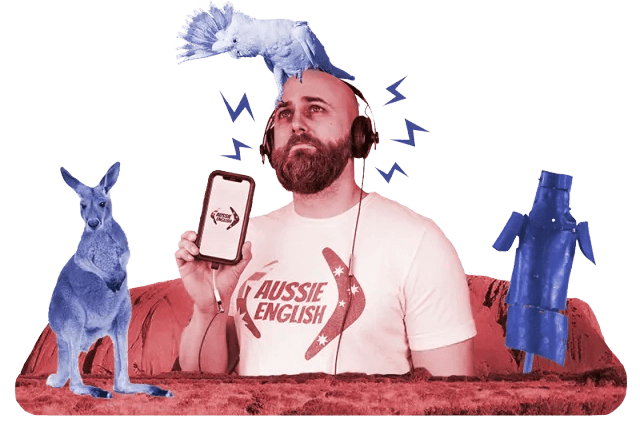
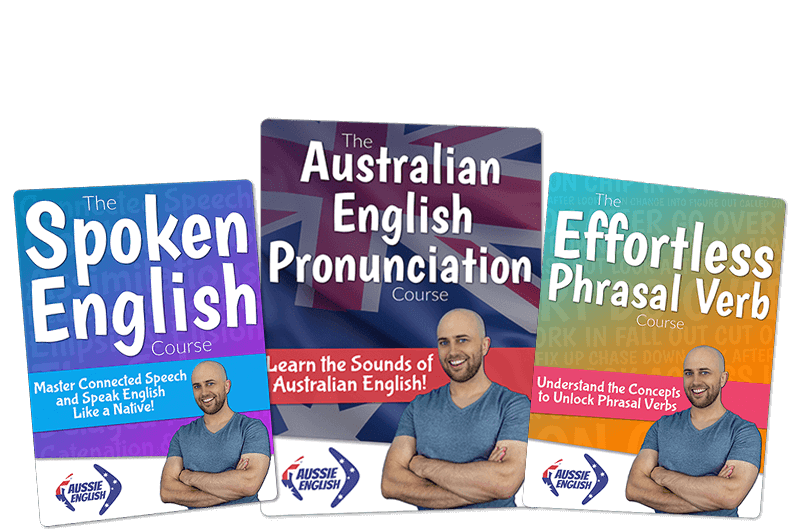
Want to improve a specific area of your English quickly and enjoyably?
Check out my series of Aussie English Courses.
English pronunciation, use of phrasal verbs, spoken English, and listening skills!

Have you got the Aussie English app?
Listen to all your favourite episodes of the Aussie English Podcast on the official AE app.
Download it for FREE below!



Want to improve a specific area of your English quickly and enjoyably?
Check out my series of Aussie English Courses.
English pronunciation, use of phrasal verbs, spoken English, and listening skills!
Leave a comment below & practice your English!




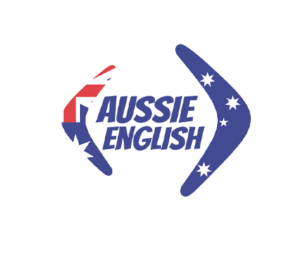

Responses
Done!